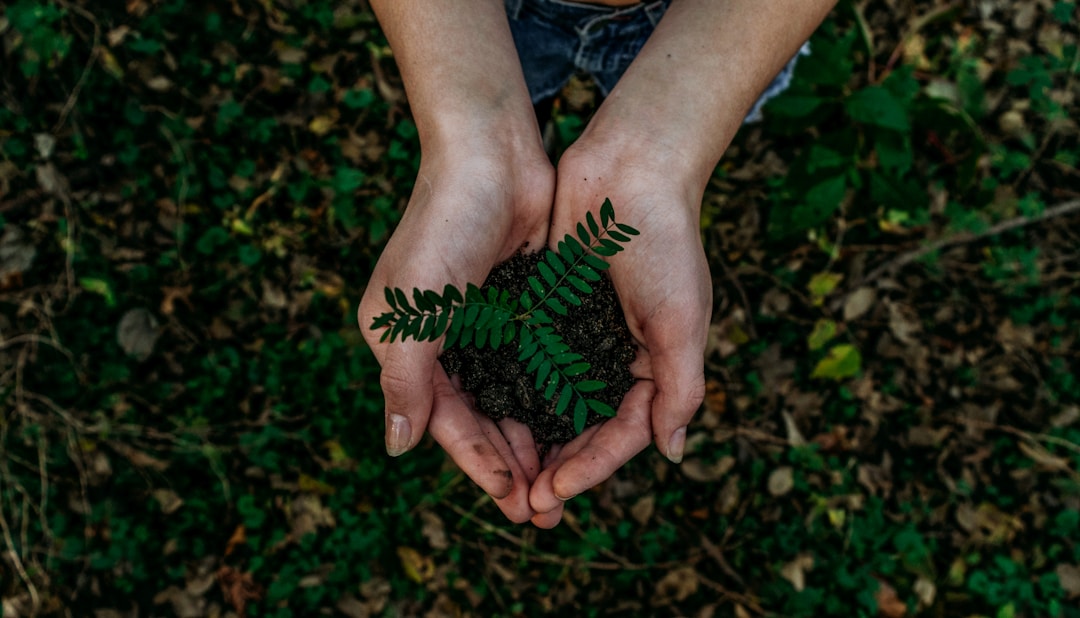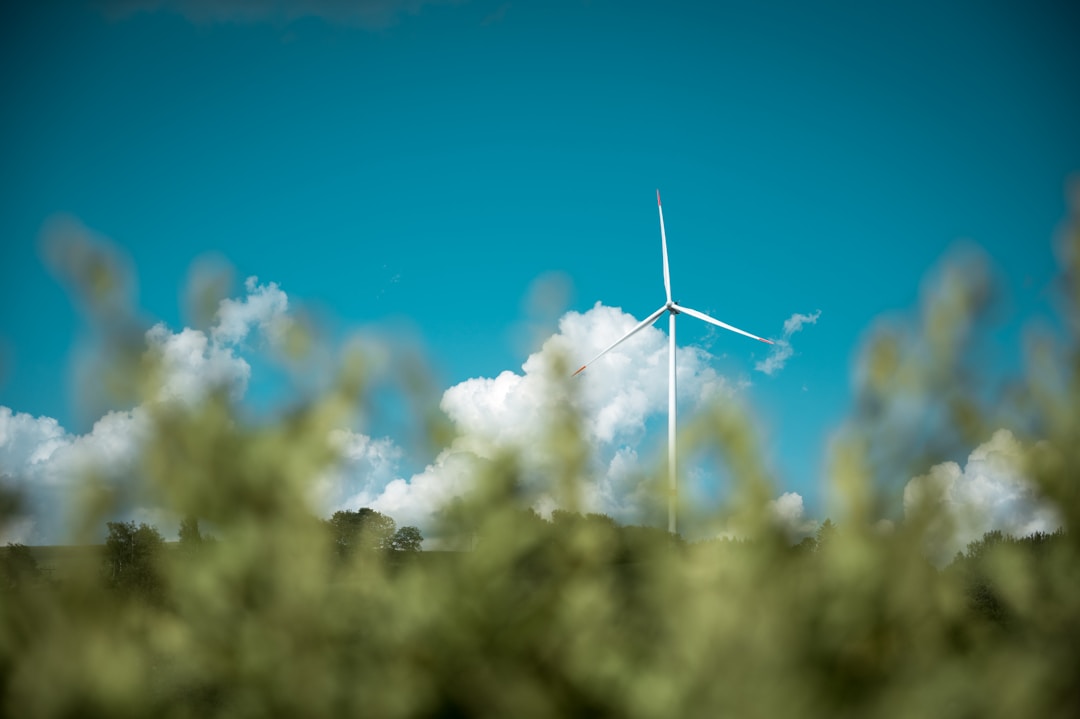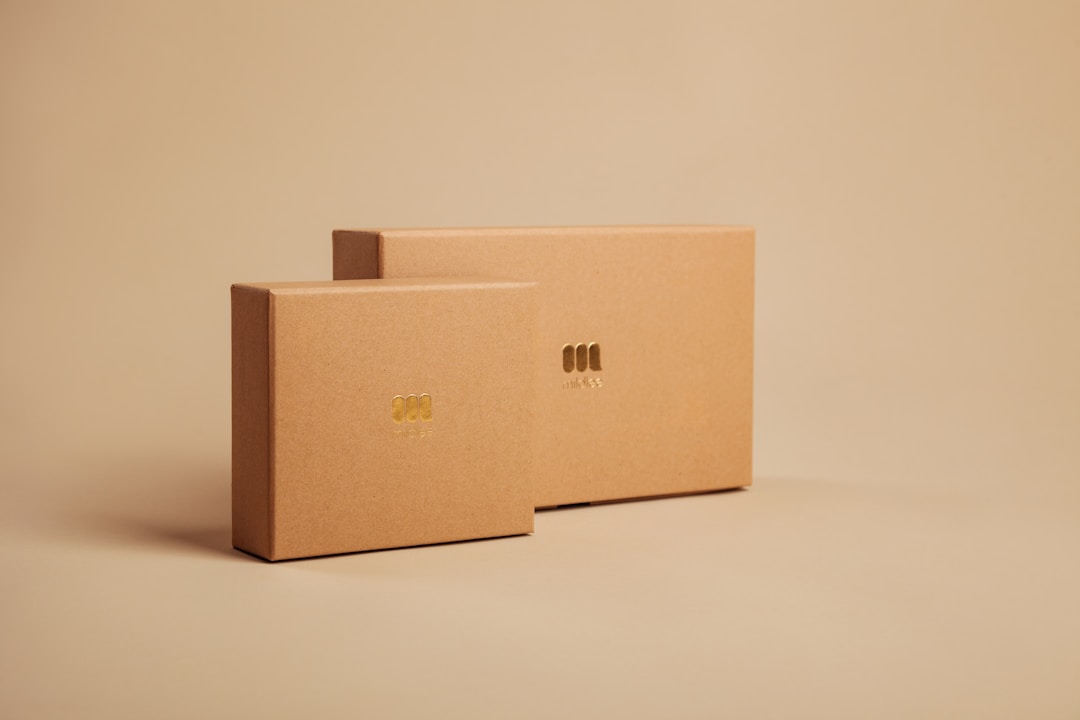The universe of packaging science is an ever-evolving sphere. From corks and tins to plastic and biodegradable materials, the packaging industry has significantly evolved to meet the diverse needs of businesses and consumers, adhering to environmental concerns and fostering an eco-friendly ambiance. This article panoramically discusses the advancements in packaging materials and technology. Below, you will explore some major areas of progression that have forever changed how we secure, preserve, and distribute products.
The Evolution of Packaging Materials

Over the decades, technology has impacted the development of packaging materials. Initially, natural materials like leaves, wood, and animal skins were used for packaging. However, as society advanced, so did the requirements for packaging materials. The need for more durable, hygienic, and lightweight materials led to the innovation of packaging materials, including glass, metal, and paper. This was consequently followed by the evolution of synthetic materials such as plastic and Styrofoam.
Nonetheless, the global awareness of the potentially hazardous impact of non-biodegradable materials on the environment led to an increased demand for eco-friendly packaging resources. Bioplastics, like Biomax, are leading the way in this field. Earthwise Packaging’s flip top container is a perfect example. Biomax, being plant-based, is a next-generation packaging material and a carbon-neutral alternative to traditional plastics. If your company is serious about making a commitment to the planet, you should invest in these packaging products.
The Impact of Automation on the Packaging Industry
Automation has become a facet of the packaging industry. With the drive toward efficiency and cost reduction, automated packaging systems have become increasingly prevalent. These systems automate manual packaging processes, such as wrapping, sealing, and labeling, thus reducing labor costs and improving precision and accuracy in the packaging process. The growth of e-commerce has also catalyzed the expansion of automation in packaging.
With the exponential increase in product orders and the demand for quick service delivery, automated packaging systems are invaluable for maintaining efficiency, accuracy, and speed in order fulfillment. Furthermore, these systems can work 24/7 without fatigue, thus providing unparalleled consistency and relieving human workers from repetitive tasks.
Beyond e-commerce, automation in the packaging industry has also helped meet the rising demand for personalized packaging. Automated systems can be tweaked to package products in different designs and sizes, whereas manual packaging may lack the precise consistency required for such endeavors. Consequently, automation has revolutionized the packaging industry by driving efficiency, reducing costs, and accommodating personalization.
Internet of Things (IoT) and Its Role in Packaging
The Internet of Things (IoT) has been a game-changer in many industries, including packaging. Packaging solutions integrated with IoT can connect and exchange data with other devices or systems via the Internet. IoT in packaging typically involves sensor technologies and interactive labels that can monitor, track, and protect products throughout the supply chain. An application of IoT in packaging is inventory management and quality control.
Connected sensors can monitor conditions such as temperature, humidity, and light exposure, allowing for real-time quality assessment and control during transport. This ability is crucial in sectors such as food and pharmaceuticals, where product quality determines their integrity and safety. Furthermore, IoT-enabled packaging can greatly enhance customer engagement and experience. Interactive labels or smart tags can provide consumers with detailed product information, usage instructions, and even promotional content, all accessed via their smartphones.
Eco-Friendly Packaging: The New Normal

Environmental consciousness is having a major impact on the packaging industry. More than ever before, businesses are prioritizing eco-friendly packaging strategies. This is largely due to increasing consumer awareness about environmental issues and the subsequent demand for sustainable products and packaging. These consumer expectations are driving businesses to transition from non-biodegradable packaging materials to environmentally friendly alternatives.
Companies are employing several strategies to accomplish this, including using recycled or recyclable materials, downsizing packaging, and choosing degradable materials over non-degradable ones. Moreover, newer technologies such as edible packaging are emerging, offering interesting eco-friendly solutions.
Eco-friendly packaging is not just about saving the environment; it also makes good business sense. Apart from meeting consumer expectations, using sustainable packaging materials can potentially reduce material costs, energy consumption, and waste disposal issues. Therefore, it is clear that eco-friendly packaging is becoming the new normal for companies that aim to survive and thrive in today’s constantly evolving marketplace.
3D Printing Advancements in Packaging Design
3D printing, or additive manufacturing, has begun to disrupt traditional packaging design and production methods. This technology enables the creation of three-dimensional objects by depositing layers of material according to a digital model. This has implications for packaging design, allowing companies to experiment with intricate and tailored designs that would be difficult or expensive to achieve with traditional manufacturing methods.
Besides, 3D printing offers unparalleled customization capabilities. This means that businesses can create unique packaging designs for individual customers, a factor that is becoming increasingly valuable in today’s customer-centric market. Companies can also use 3D printing for rapid prototyping, allowing them to evaluate and refine their packaging design more quickly and cost-effectively than traditional prototyping methods.
Moreover, 3D printing is also opening up opportunities for the creation of functional packaging. For example, packages can now be designed with built-in functionalities, such as childproof locks or tamper-evident seals, enhancing the product’s security and value. So, the advancements in 3D printing technology are undoubtedly altering the landscapes of packaging design and production, and we can expect even more groundbreaking innovations in the future.
Personalization and Customization

In today’s competitive marketplace, differentiation is key, and personalization and customization are primary ways to achieve this. It is no longer enough to simply package a product; consumers now expect the packaging to be a part of the product experience itself. Personalization of packaging comes in many forms – it could be through the printing of the customer’s name on the packaging or the use of specific colors, shapes, or materials that appeal to the customer’s aesthetic preferences.
Customization, on the other hand, delves deeper into product packaging. It looks at how the packaging can be tailored to meet the specific needs of the product it contains. This could mean developing shapes to ensure a perfect fit for the product or incorporating special features into the packaging to enhance the product presentation or usability.
The demand for personalization and customization of packaging is driving innovation in the packaging industry. With advancements in digital technology and printing techniques, packaging can now be highly customized and personalized, allowing brands to connect with their customers in a more meaningful way.
The Future of Packaging Technology

The packaging industry is continuously evolving, and with the rapid advancements in technology, the pace of change is only set to increase. From biodegradable materials and active packaging solutions to automated systems and the integration of IoT, the future of packaging technology looks promising. Looking ahead, it is clear that sustainability will continue to be a major trend. For packaging manufacturers and businesses alike, the challenge will be to innovate and develop packaging solutions that are not only functional and attractive but also environmentally friendly.
As consumers become increasingly tech-savvy, there will be greater demand for interactive packaging solutions that offer more than just protection for the product. This would require deeper integration of technologies like augmented reality (AR), virtual reality (VR), and AI in packaging design and production. For this reason, the future of packaging technology is expected to be driven by the synergic combination of creativity, technology, and sustainability.
As you can see, the myriad developments in packaging materials and technology underline the spectrum of innovation, eco-consciousness, functionality, aesthetics, and resource optimization that dominate the sector today. However, it is also clear that this is just the beginning – with evolving consumer demands and technological advancements, the future holds even more exciting possibilities for packaging science.

